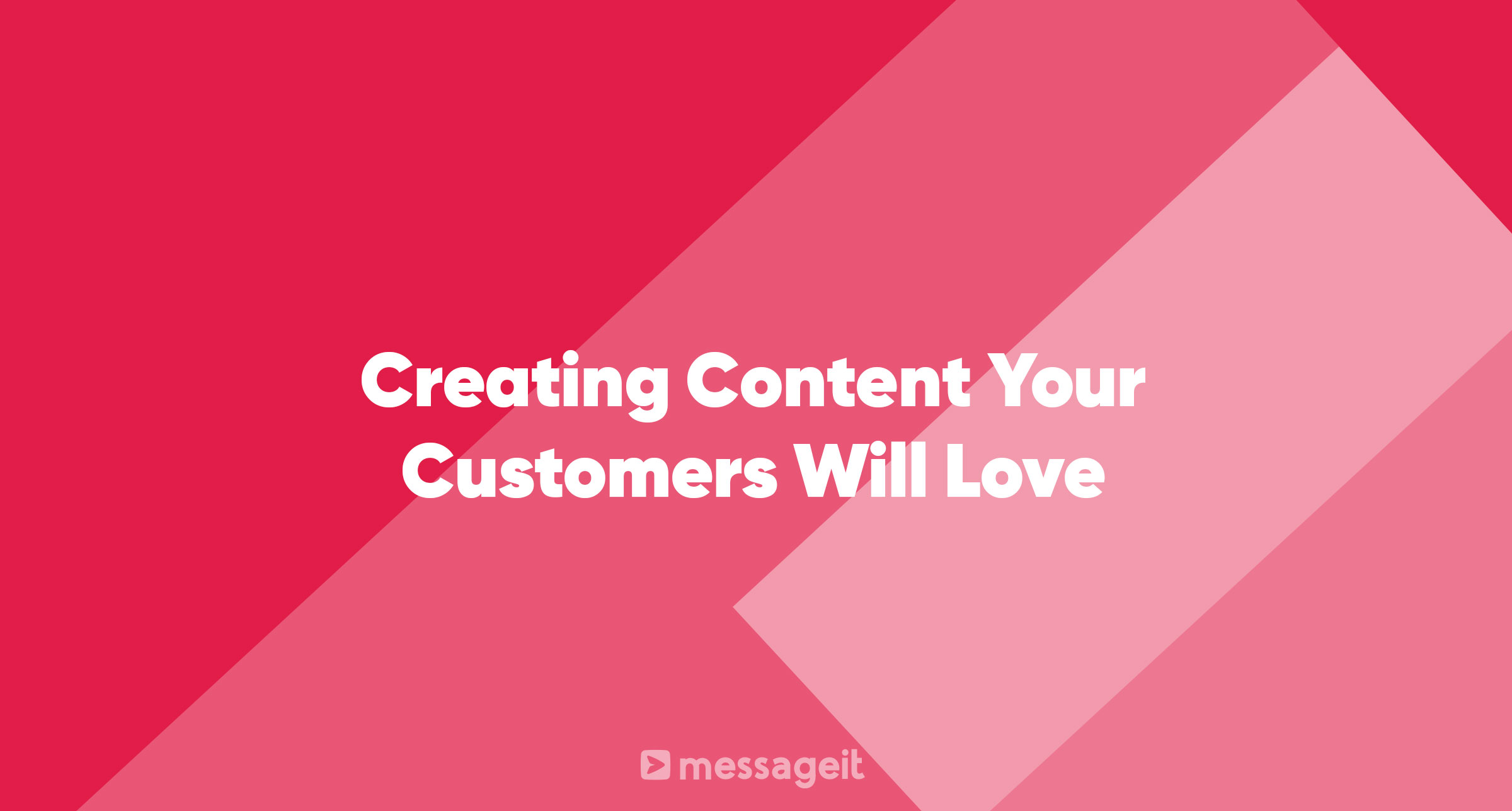Crafting content that your customers want to read is more of an art than a science. It's about understanding your audience, their needs, their interests, and their pain points. It's about providing value, offering solutions, and engaging in a way that resonates with them. Here are eight foolproof strategies for creating content that your customers will not only want to read but will also find valuable and engaging.
1. Prioritize Desired Outcomes
The key to creating content that people want to read is focusing on outcomes. What will your readers gain from consuming your content? What problem does it solve? What value does it provide?
To achieve this, start with the end in mind. What is the desired outcome of the content you're creating? This should be clearly communicated in your introduction, compelling your reader to continue. By delivering on your promise and providing the expected outcome, you'll create content that is not only valuable but also actionable.
Remember: Your content should make your reader better than they were before they read it.
2. Understand and Address Pain Points
Understanding your audience's pain points is crucial for creating content that resonates with them. A pain point is a problem or challenge that your reader is facing which your content aims to solve.
To effectively address your audience's pain points, you need to understand them. This involves conducting research, engaging with your audience, and empathizing with their experiences. Your content should offer solutions to these pain points, providing real value and demonstrating your understanding and expertise.
3. Make It Actionable
Actionable content is content that provides clear, concrete steps that readers can take to achieve a particular outcome. It's not enough to simply inform or educate; your content should empower your readers to take action.
In order to create actionable content, you need to understand what your readers want to achieve and provide them with the steps to get there. This could involve providing tips, strategies, how-to guides, or even templates and checklists.
Pro tip: Make your content easy to understand and implement. The easier it is for your readers to put your advice into action, the more valuable your content will be.
4. Capture Their Attention
The success of your content largely depends on its ability to capture the attention of your readers. This starts with a compelling headline that piques interest and draws readers in.
According to Copyblogger, 8 out of 10 readers will read your headline, but only 2 out of 10 will actually read the rest of your content. Therefore, spending time crafting an effective headline is crucial to attracting readers and enticing them to continue reading.
5. Establish Credibility
Establishing credibility is an essential part of creating content that people want to read. Readers need to trust that the information you're providing is accurate and reliable.
There are several ways to establish credibility. One way is to back up your claims with data and research from reputable sources. Another is to demonstrate your expertise and knowledge on the topic at hand.
Remember, credibility isn't just about showing off your expertise; it's about building trust with your readers.
6. Be Generous With Value
When creating content, it's important to be generous with the value you provide. This means going above and beyond to deliver content that is truly helpful and informative.
Being generous with value also means not holding back information. Don't be afraid to give away your best tips and strategies. The more value you provide, the more your readers will appreciate your content and see you as a trusted source of information.
7. Write in a Conversational Tone
Content that is written in a conversational tone is more engaging and enjoyable to read. It's also easier to understand, making your content more accessible to a wider audience.
To write in a conversational tone, try to write as if you're talking to a friend. Use simple, everyday language. Avoid jargon and overly complex sentences. And don't be afraid to inject some personality into your writing!
8. Plan Your Content
Creating content without a plan can lead to disjointed and ineffective content. By planning your content in advance, you can ensure that it is coherent, relevant, and aligned with your overall content strategy.
A content plan can help you map out what topics you want to cover, when you want to publish, and who your target audience is for each piece of content. It can also help you keep track of what content you have already published and what content you need to create.
In conclusion, creating content that your customers want to read involves understanding your audience, providing value, and making your content engaging and actionable. By following these eight strategies, you can create content that not only attracts readers but also builds trust and encourages action.
